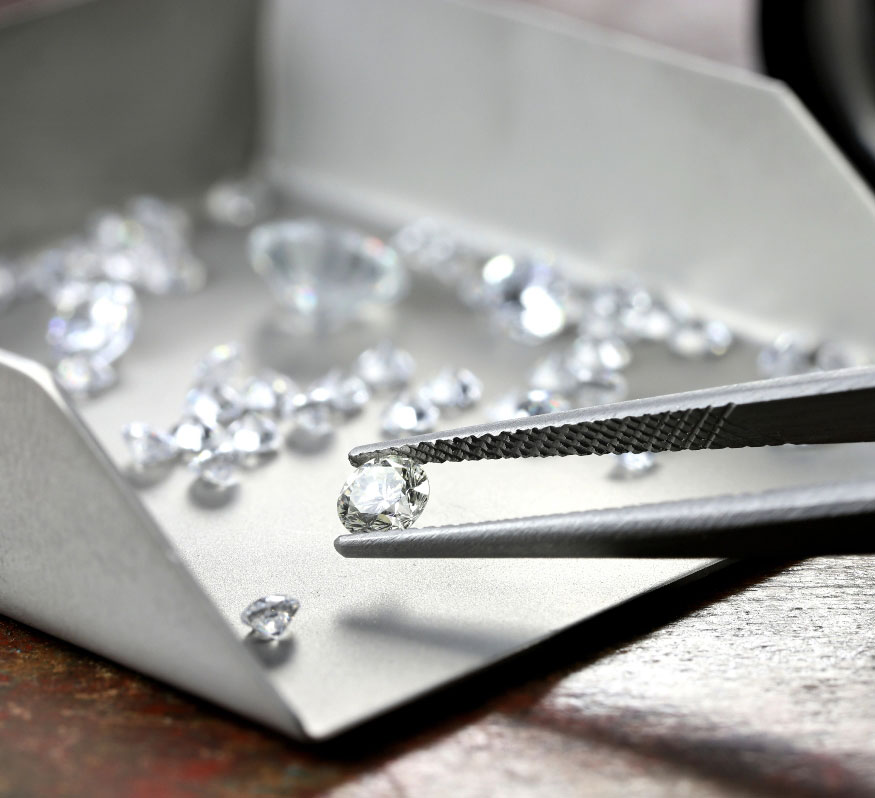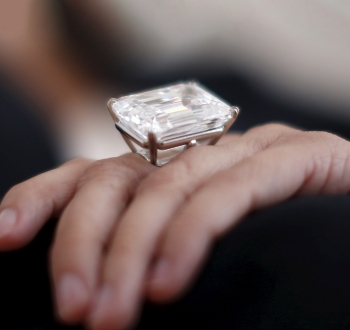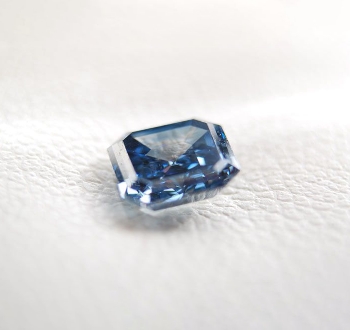Natural diamonds are a rare gift created by Mother Earth and the hardest known natural substance. A diamond forms under the perfect temperature, pressure, chemical composition, and crystalline structure in the presence of the primary element, carbon. Diamonds genuinely withstand the tests of time. Young natural diamonds are approximately 900 million years old and possess a fire, sparkle, and brilliance unrivaled by other gems. Like relationships, their purity, resiliency, and special characteristics make diamonds an ideal choice for jewelry and engagement rings.
Proper Cut
Shallow Cut
Deep Cut
About Cut
The Cut is the only diamond characteristic not influenced by nature. It denotes how much light a diamond returns. More commonly referred to as the sparkle, at BGG, we believe that a diamond’s cut is the most important property because it affects the overall appearance and more dramatically impacts the other 3-C’s.
A diamond’s cut describes both the grade, ranging from Excellent, Very Good, Good, Fair, or Poor, and the diamond’s shape such as round, oval, emerald, radiant-cut, etc. After mining, the stone is proportioned, faceted, and polished into a beautiful, wearable diamond. A well-proportioned and polished stone will appear more brilliant and possess more fire, the colorful flashes of light. A diamond’s fire and brilliance will be negatively affected if the light is not correctly directed.

Colorless (E, D, F)

Near Colorless (G, H, I, J)
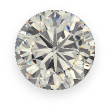
Faint Yellow (K, L, M)
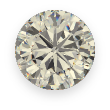
Very Light Yellow (N, O, P, Q, R)
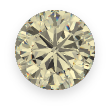
Light Yellow (S - Z)
About Color
The Color of diamonds ranges from D (colorless) to Z (light yellow). D-graded diamonds receive the highest color grade. They are absent of color and the most costly. Most diamonds suitable for engagement rings are within the D-J color ranges. Together, cut and color are the most noticeable attributes of viewing a diamond unassisted.
Z-graded diamonds will have a light yellow hue but should not be confused with “fancy” colored diamonds. Natural “fancy” colors include yellow, blue, green, pink, red, orange, and purple. Each fancy color has individual standards of color grading.

Flawless

Very Very Small Inclusions

Very Small Inclusions

Small Inclusions

Imperfect 1

Imperfect 2

Imperfect 3
About Clarity
Clarity refers to the purity and visibility of imperfections to the unaided eye. Most diamonds have internal flaws, inclusions, or external imperfections called blemishes. Some inclusions are visible to the naked eye (Included), and others are difficult to see even with a loupe (Very, Very Slightly Included).
The clarity grade scale ranges from Flawless (F), Internally Flawless (IF), Very Very Slightly Included (VVS1, VVS2), Very Slightly Included (VS1, VS2), Slightly Included (SI1, SI2) to Included (I1, I2, I3).
Rarity determines the clarity rating scale. Higher clarity graded stones are rare and thus more expensive. However, what matters most is how noticeable the flaws appear to the eye, sometimes referred to as eye-clean.
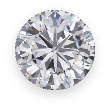
1 Carat
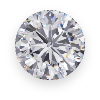
3/4 Carat

3/4 Carat

1/2 Carat

1/5 Carat

1/4 Carat

1/3 Carat

3/8 Carat
About Carat
Carat measures the weight of a diamond, not the size. One carat equals 100 points. A stone with a specific weight could look larger or smaller than the carat weight based on its dimensions. For example, 1.00 carat round diamond could measure slightly more or less than the standard 6.5 mm, making it appear larger or smaller. Although carat weight is important in determining the value of a diamond, the other 3-C’s are equally important.
